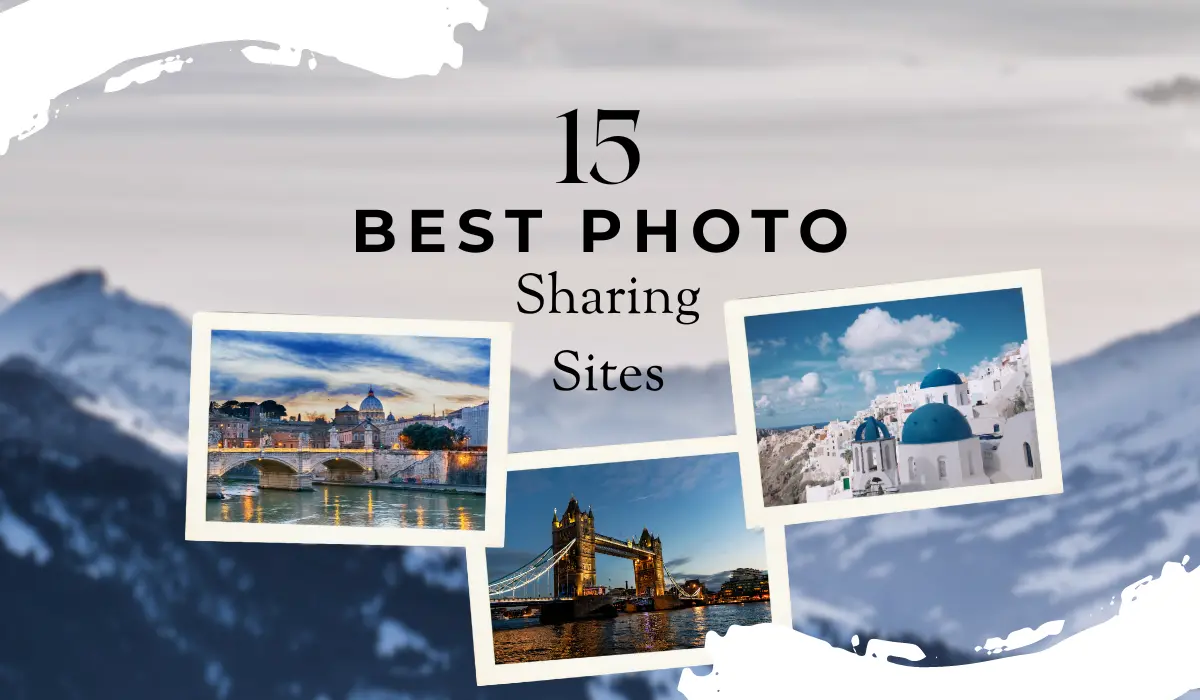Photo-sharing sites have become an inevitable part of our lives with the growing trend of technology.
The major advantage of these platforms is that they allow photographers to showcase their portfolios in a much more efficient manner and connect with a wider range of audience on a global level which includes people with the same interests and industry experts, providing them with better opportunities to gear up their passion or career.
However, finding the best photo-sharing sites in this digital age can often appear challenging as there exists a copious amount of them.
Here we have curated a list of the 15 best photo-sharing sites along with their pros and cons.
1. Pinterest
Pinterest is a visual inspiration hub that allows you to share images and videos based on your interests.
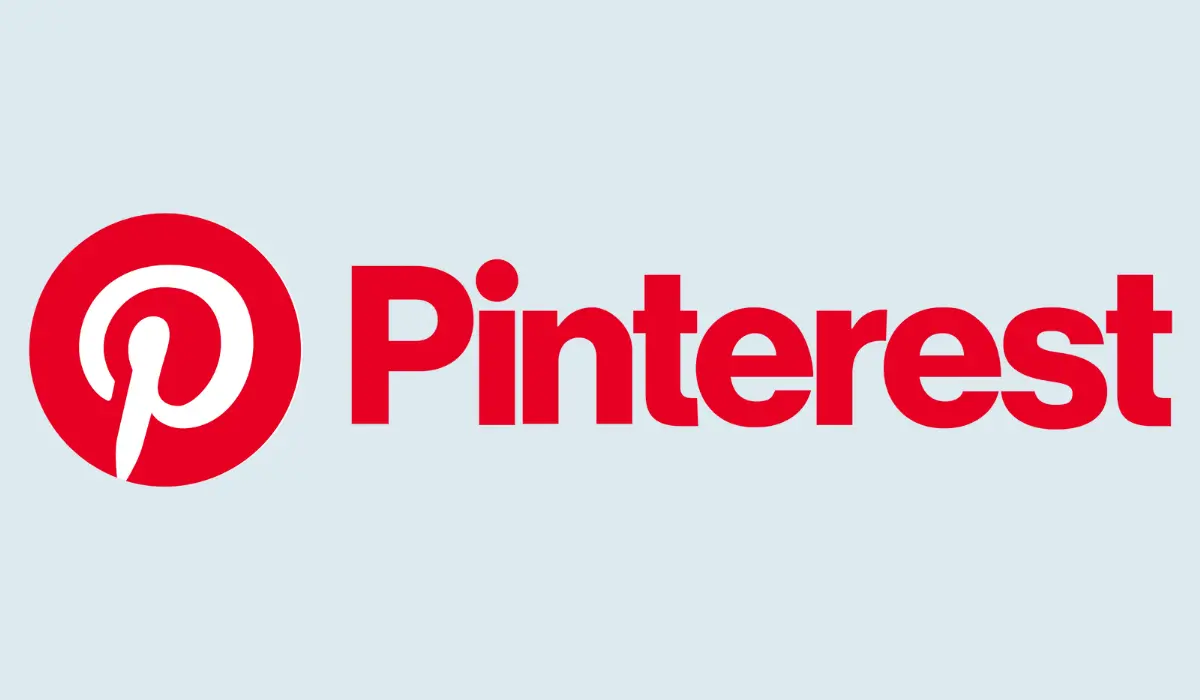
The most interesting feature of Pinterest is its ‘pins’ which can be used as bookmarks to save the content that you like. You can create visually appealing pins and add more keyword-oriented descriptions under each to drive more traffic to your website.
Pinterest is considered to be a visual discovery engine that lets you search for any images or videos that you want revolving around any niche or topic.
It can be used as a great platform for advertising your photos as well as an efficient e-commerce tool to sell your products.
Pros
- Free to use
- Consist of various niches of content
- Easy to use
Cons
- Time-consuming
- Copyright infringement
2. Flickr
Most of you must be familiar with the photo-sharing website Flickr as it has been on the internet since 2004. Being one of the most popular websites, it allows photographers to upload pictures and organize albums efficiently.
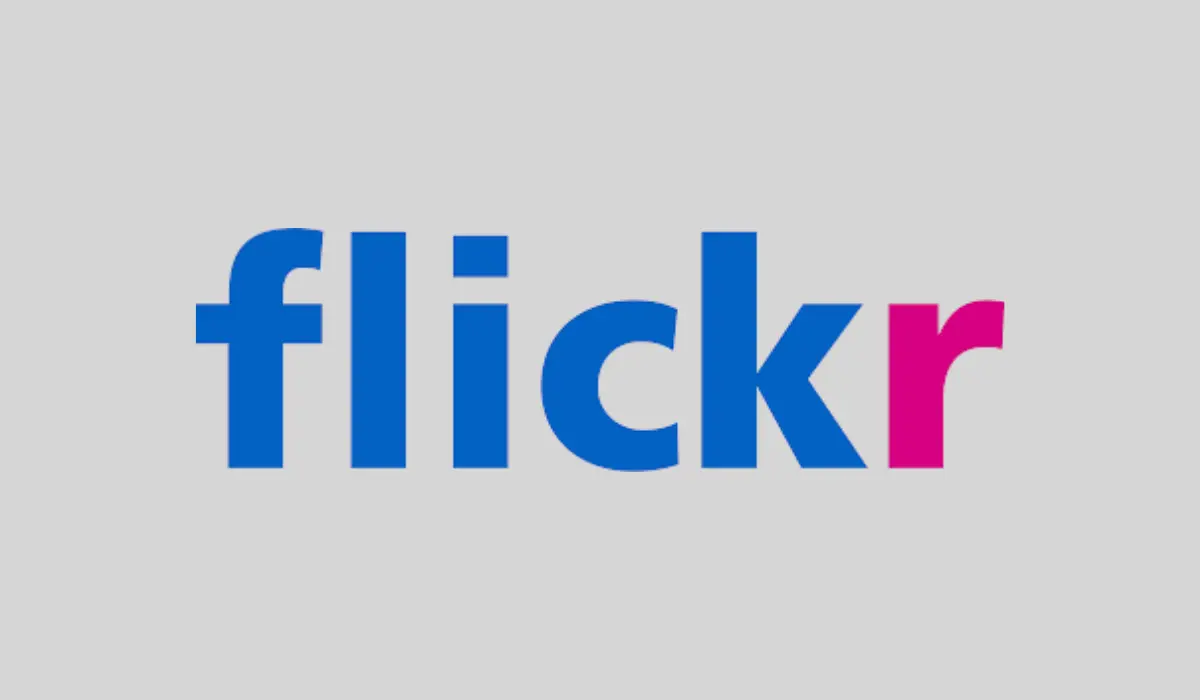
Flickr also comes with a bunch of editing tools where you can edit your pictures in whichever way you want. It integrates with other photo-sharing sites such as Facebook, Pinterest, etc, and lets you share your images through those platforms.
Flickr communities are yet another prominent feature that allows users to connect and engage with others with the same interests as them.
Pros
- Customizable privacy settings
- Integrated with lots of other websites
- Free storage space available up to 1 TB
Cons
- Advanced features are accessible only to pro users
- A Yahoo account is necessary for signing up
3. Instagram
Instagram is currently considered to be the most popular and user-friendly platform to share your photos and the creative part of your brain with over 1.4 billion active users throughout the world.

It includes a multitude of features including stories, short videos commonly known as ‘reels’, live videos and so many more.
Instagram is used by a variety of audiences ranging from celebrities to general users to update their day-to-day lives. It consists of advanced privacy settings where you can choose who can access the photos that you share.
Instagram’s built-in filters and editing tools allow you to enhance your photos before sharing them.
Pros
- Free to use
- Ideal platform for personal brand growth
- Keeps you updated
Cons
- Algorithm changes
- The web version is not efficient
4. Unsplash
People commonly use Unsplash to either upload or download high-quality stock photos. It consists of over 3 million images that can be downloaded free by anyone across the world.
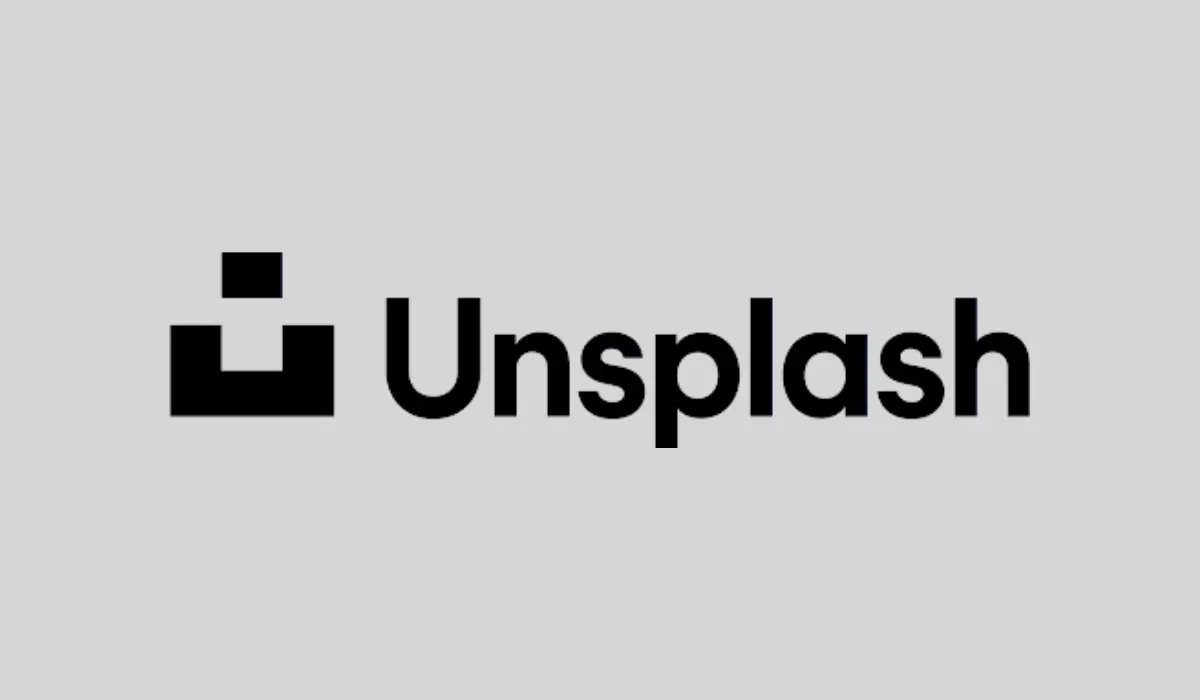
New images are being constantly uploaded every day by a community of photographers. To discover the desired images, it provides a powerful search option to gain access to whichever photos you prefer.
Unsplash can be considered a great community hub for photographers just starting their careers. The interface of the website is very simple and the images are completely safe given it follows the terms and conditions of the website.
Pros
- Has a large collection of high-quality photos
- Easy to search and download
- Free to use
Cons
- Copyright knowledge is unknown
- Limited monetization opportunities
5. Behance
Behance is a visual podium for all creative professionals like graphic designers, illustrators, video editors, photographers, and fashion designers to display their creativity, connect with other creative people, and get exposure.
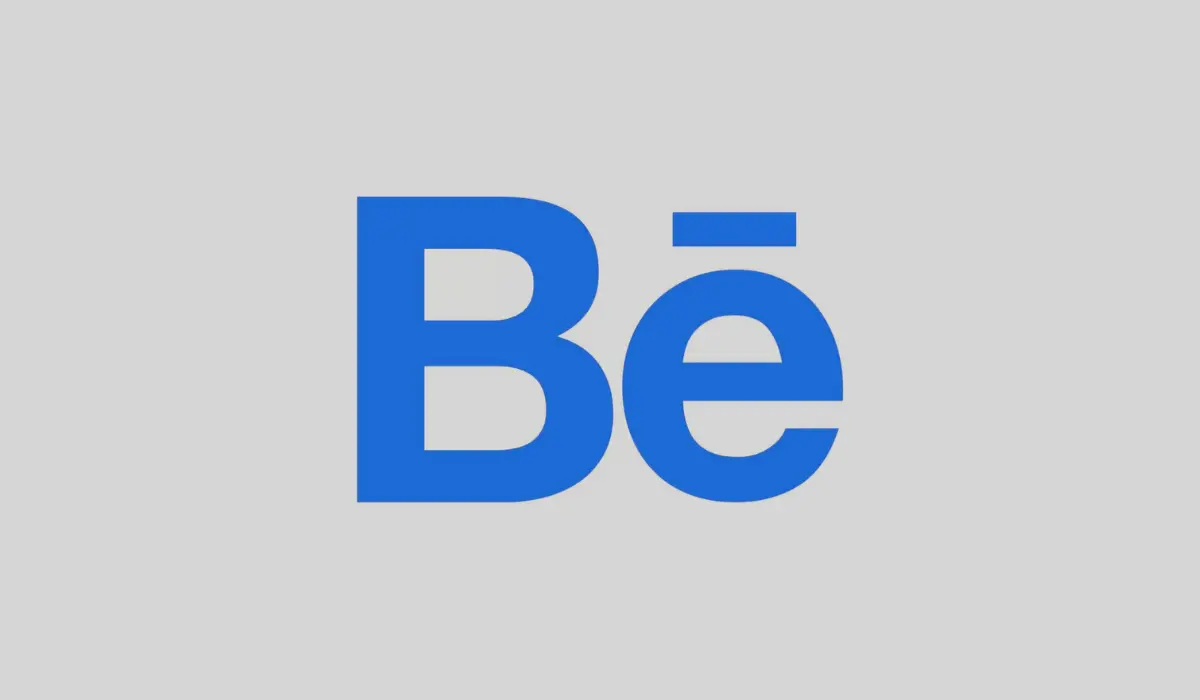
It boasts a wealth of features including a Portfolio that helps you portray your artwork and receive feedback from the Behance community of artists, a Job board that consists of a multitude of job opportunities from reputed organizations, and networking that allows you to connect with other collaborators.
Even though Behance is free to use, a subscription is required if you want to connect it with Adobe programs like Photoshop and Portfolio.
Pros
- Free to use
- You can create your custom domain
- Great way to get exposure
Cons
- Have issues in compressing images
- Limited integration with other design tools
6. 500PX
500PX is an online photographic community platform that allows millions of photographers around different countries to discover and share their photos, gain global exposure, and get licensed on their images.

You can create and set a profile for yourself and add all the links to your social media platforms. One of the main features of 500PX is that it allows you to sell your images to a global audience and lets you get paid for your work and skills.
It also has a Discover feature that lets you browse any photos that you want. You can join groups to share your images and ask for feedback.
Pros
- High-quality images
- Better opportunity for networking
- Feedback can help improve skills
Cons
- Competitive environment
- Copyright concerns
7. Smugmug
Smugmug is a premium image and video-sharing service designed for professional photographers to sell digital prints of their work and get paid for the same. You can upload the pictures into specific galleries that you create within the site itself.
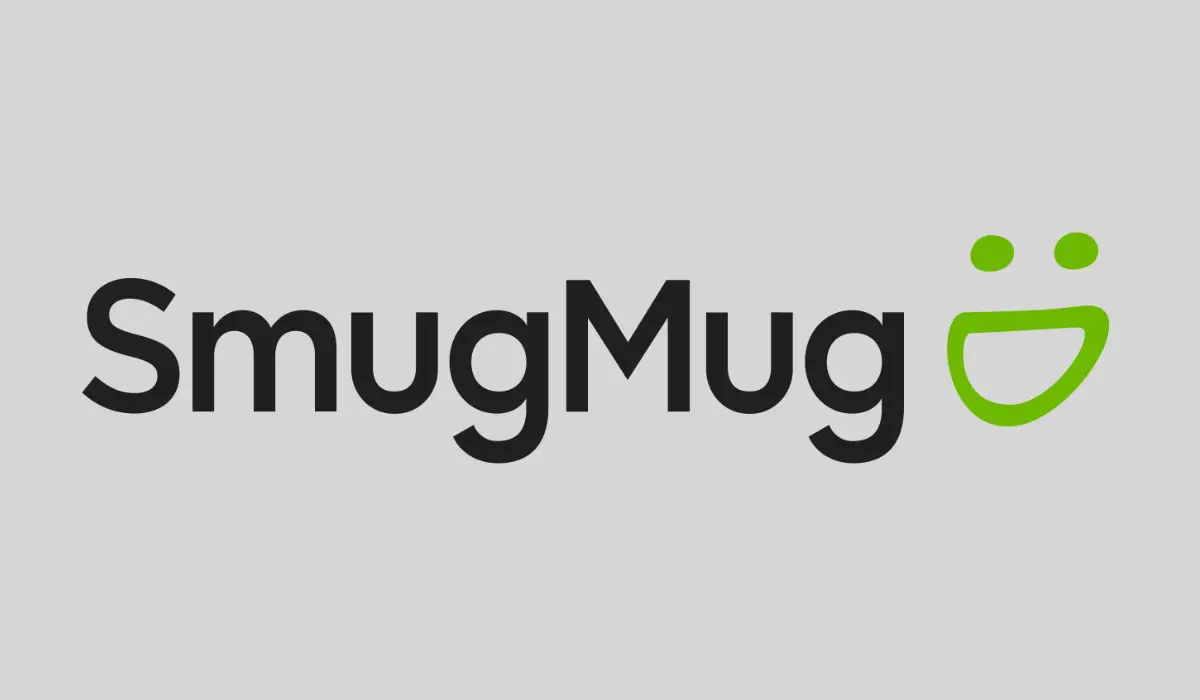
It can integrate seamlessly with the photo storage tools and have efficient photo organization features. In addition, the user interface is simple and easy to use.
They do not compromise the quality of the image at any cost and let you download the original image with the best quality. The privacy features of Smugmug also appear incredible where you can adjust the visibility and access levels.
Pros
- Customizable portfolios
- E-commerce platform available
- Robust security measures
Cons
- Limited free plan
- Limited social networking
8. Photobucket
Photobucket is an online image and video hosting website that has over 100 million members worldwide. This platform will help you gain exposure for your photos and consists of creative editing tools.
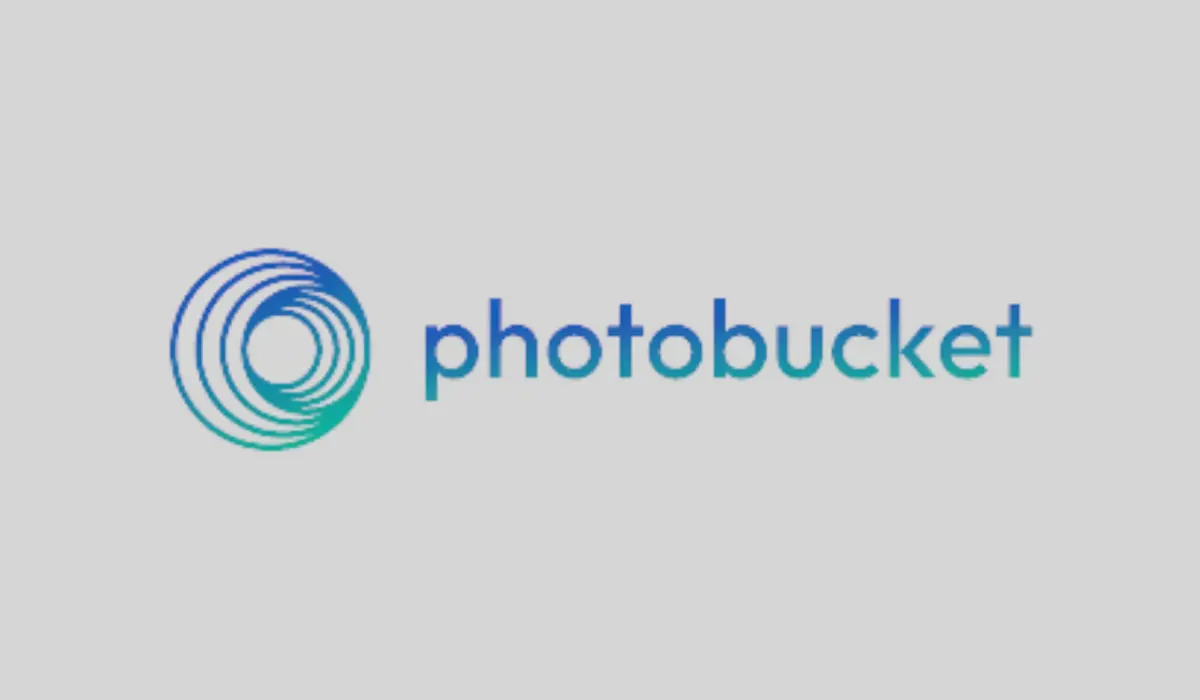
They provide unlimited storage options to store your digital photos long-term. Connecting with other members and tagging them are made very easy through this platform.
There are photo albums to organize and showcase your images, and you can easily share your images using direct links.
It also consists of customizable privacy settings and provides ample backing for selling prints. Photobucket can be considered a great platform for people who wish to archive and share their photo collections.
Pros
- Easy image uploading
- Integration with social media platforms
- Customizable privacy settings
Cons
- No free accounts since October 2023
- No free storage
9. Shutterstock
Shutterstock is considered to be a growing stock photo platform that helps you sell your images to various businesses and marketers.

It provides monetization opportunities by licensing your images. Since the platform consists of a wide range of audiences, you will get exposure on a global level.
All you have to do is sign up as a contributor in Shutter stock and submit your best images that are of high quality and you will be able to earn revenue every time a buyer purchases your image.
You will have the opportunity to create an accustomed portfolio where you can portray your best works to the buyers. There is a contributor dashboard where you can track your earnings and your image performance.
Pros
- Consists of a massive library
- Licensing transparency
- Exposure to a global audience
Cons
- High image quality standards
- Limited free options
10. Google Photos
Google Photos is one of the best photo-sharing websites that allows you to upload, view, and edit photos and videos. You can access them from any device and share them with your friends and family using shared albums.
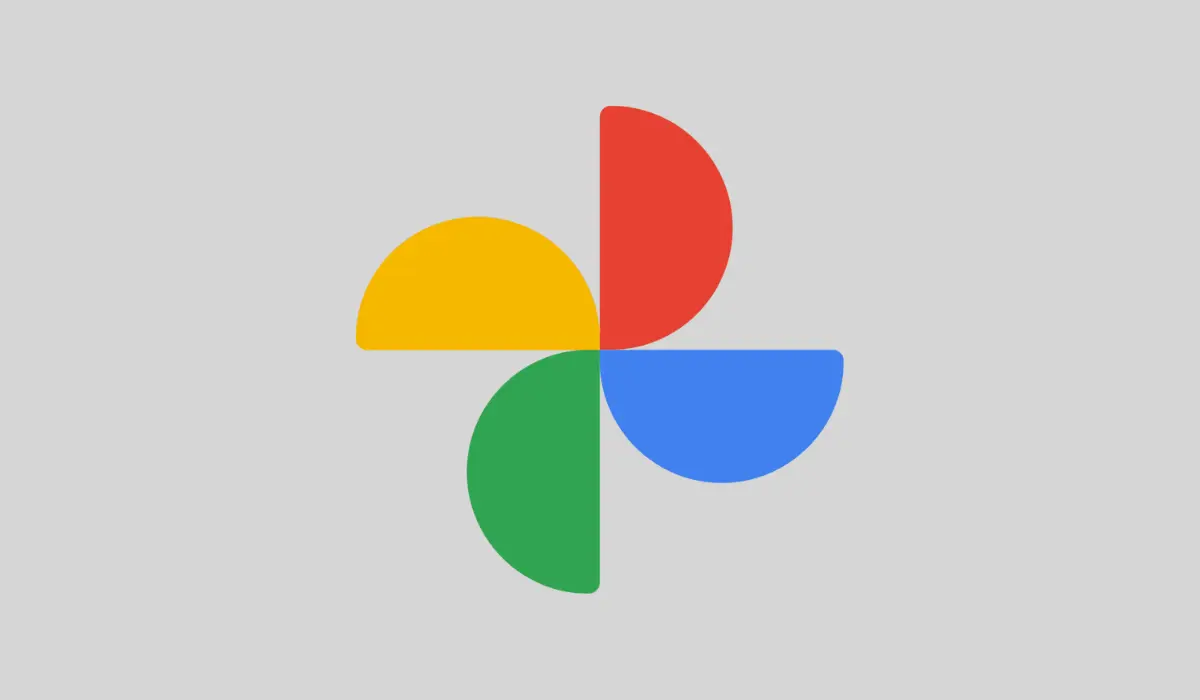
The most prominent feature of Google Photos is that you can search for any picture from your photos real quickly as they are sorted and arranged automatically. It consists of built-in editing tools and has a powerful search with image recognition.
They provide 15 GB of free storage and contain extra features for paid users. While uploading the images, you can choose between the original quality and storage saver size that will help you store all your photos without losing their quality.
Pros
- Automatic organization of photos
- Easy sharing of photos and videos
- Ads free platform
Cons
- Basic editing features
- Storage space shared with Gmail and drive
11. Dropbox
Dropbox is a cloud-based platform for storing files including photos & videos that includes both free and paid plans. You can create links to your files and folders and share them with your friends and family, they can even download the files if you grant them access.

Dropbox promotes auto-syncing across devices thereby letting you access your files from anywhere. It also has a smart sync option which will store your photos in lower resolution to optimize the storage.
It can be considered a good option for people who wish to back up their photos in a safer manner as you can easily upload your files and lock them with passwords through Dropbox.
Pros
- Very easy to upload images
- Access files from anywhere
- Powerful administrative tools
Cons
- No editing features
- No auto-tagging feature
12. ImageShack
Imageshack is one of the top photo-sharing sites that provides subscription-based unlimited uploads and storage. They used to offer a variety of free features but they changed their plans in 2014 by closing free uploads.
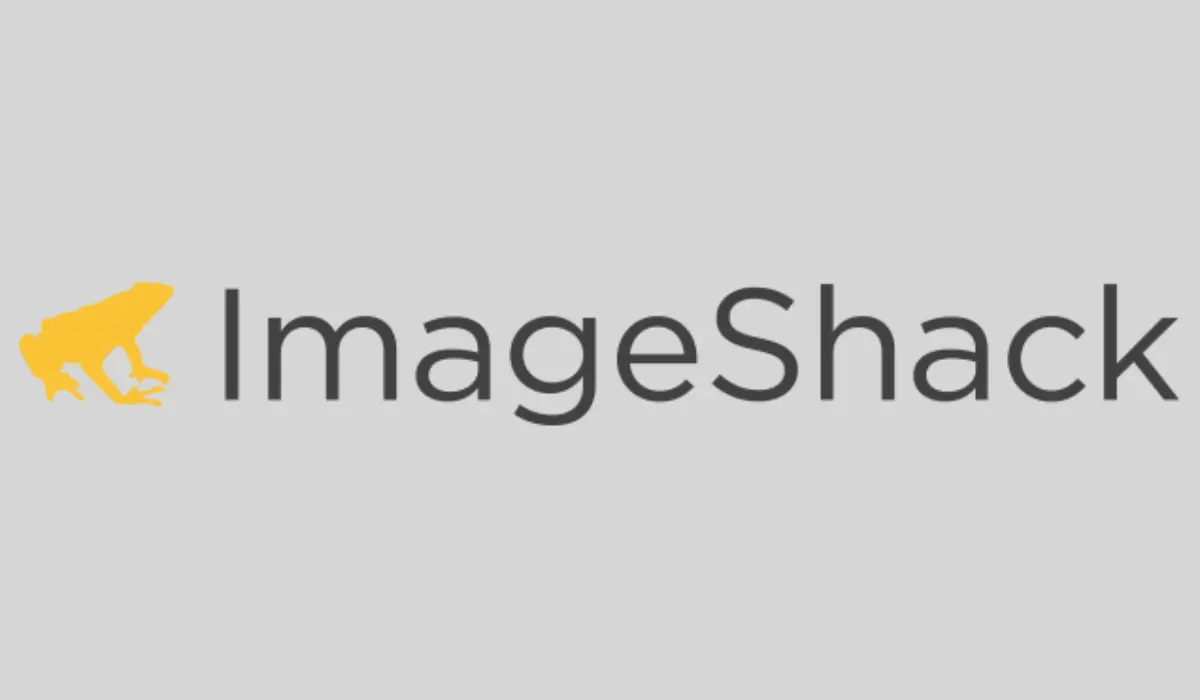
By joining their subscription, you will be able to watermark, embed, and access all their features. Increased bandwidth is yet another feature included in the list of membership perks.
They have also included specific tools to ensure the privacy of users. The platform supports all kinds of image formats less than 25 megabytes in size and features a community of thriving photographers who want to widen their network.
Pros
- Unlimited storage for subscribed users
- Supports all formats of images
- Provides 30-day free trial
Cons
- Features can be accessed only if you have a subscription
13. Imgur
Imgur is a popular image-sharing website that lets you upload images instantly while also hosting viral memes and gifs. By signing up for Imgur, you can not only upload pictures but will also get access to a variety of visual content.
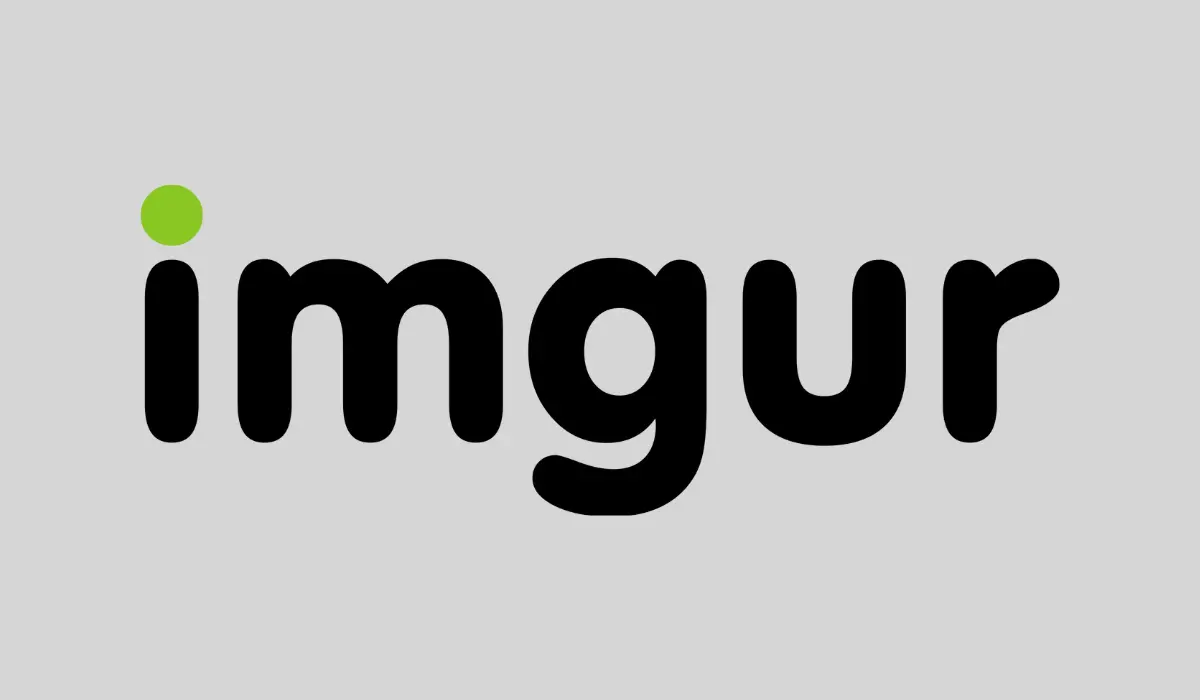
They have this feature of albums where you can organize your photos into specific collections. Imgur is also renowned for its meme generator feature that generates a variety of funny memes.
They have a very user-friendly interface and provide efficiency in uploading of images. Imgur provides the feature of direct linking that is to provide you with a link for each of your pictures.
Pros
- Unlimited storage space
- User-friendly interface
- Easy uploading
Cons
- Limitations of file size
- Servers overloaded at times
14. Amazon Photos
Amazon Photos is almost similar to Google Photos but with much lower free storage levels where you can share your images and videos privately with your friends and family.

Subscribing to Amazon Prime membership can avail you a range of benefits including unlimited photo storage at full resolution.
For non-prime members, the storage allowance is 5GB for both images and videos. Amazon Photos can automatically tag pictures and videos while also chronologically sorting the uploaded images.
You can access these photos from anywhere using various devices like Fire TV, Fire Tablet, etc. They also have this group feature which lets you share photos and videos with a larger group of people.
Pros
- Easy uploading
- Unlimited storage for Prime members
- Provides photo access through devices such as Fire TV
Cons
- Storage limited to 5GB for free users
15. iCloud Photos
Users who choose to enable iCloud on their iOS device or Mac will have all their photos and videos on their iOS device automatically uploaded to Apple’s cloud-based storage system.
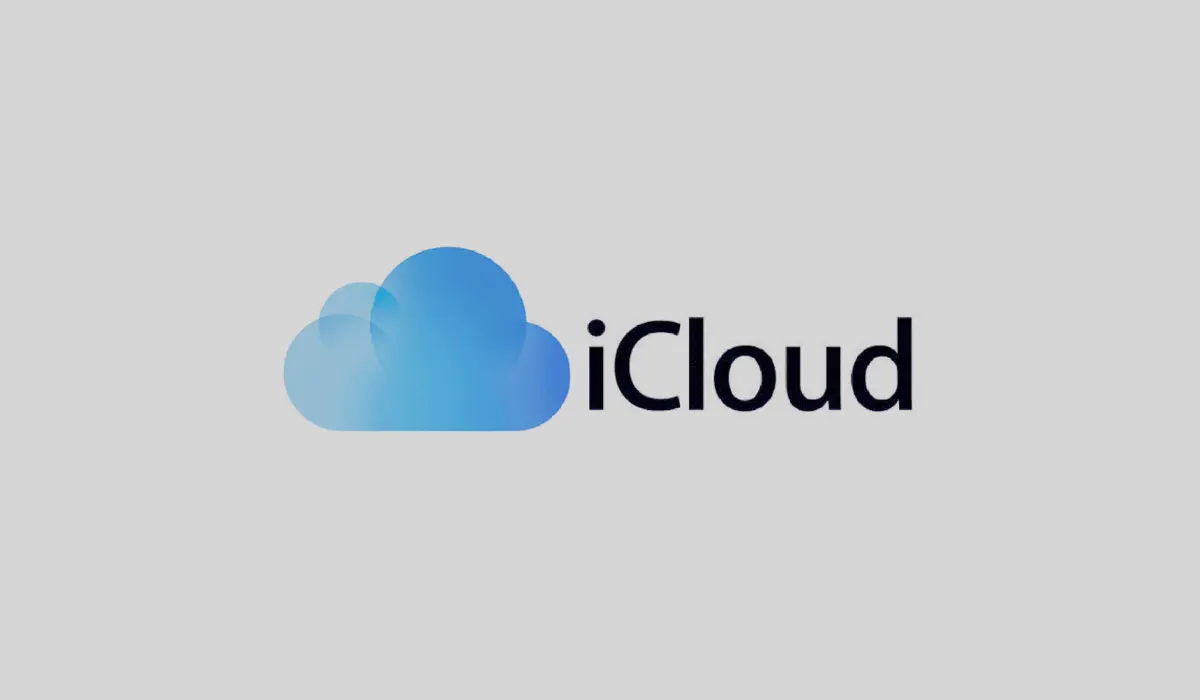
They store these photos in the original high-resolution format and it is very easy to keep track of these pictures on any Apple device.
It has a total storage of 5 GB which can further be upgraded upon paid plans. iCloud Photos can be used as a great platform for collaborating with others as by creating an album, any iOS user that you give access to can add to and share the album.
They can support all formats of pictures like JPEG, GIF, PNG, and so on.
Pros
- Ideal for offline access
- Optimized arrangement of photos
- Synchronization across all devices
Cons
- Internet or Wifi is mandatory for photo uploads
- Can backup duplicate images
Conclusion
Photosharing websites come along with a ton of benefits in addition to sharing your work and building connections with other like-minded people.
Since search engines can read images and show them in the search results, the overall exposure of your images will be enhanced by uploading your images to these websites.
Although certain sites such as Flickr do not allow the addition of direct links, you can use the majority of these image-sharing sites as a great platform for driving traffic to your website by adding links to each of your images.
Photo-sharing sites are a great way to expose your creativity and talent to the world, you can even use these platforms as a very efficient way to generate a good amount of income.
Before sharing your photos with these sites, you can license your works and set specific criteria to provide access.
These sites are not just confined to a specific region but creatives all across the world are joined together to form a community to help and grow with each other.
Photographers can use the constructive feedback they receive from these platforms to improve their work and gain insights into different perspectives.
